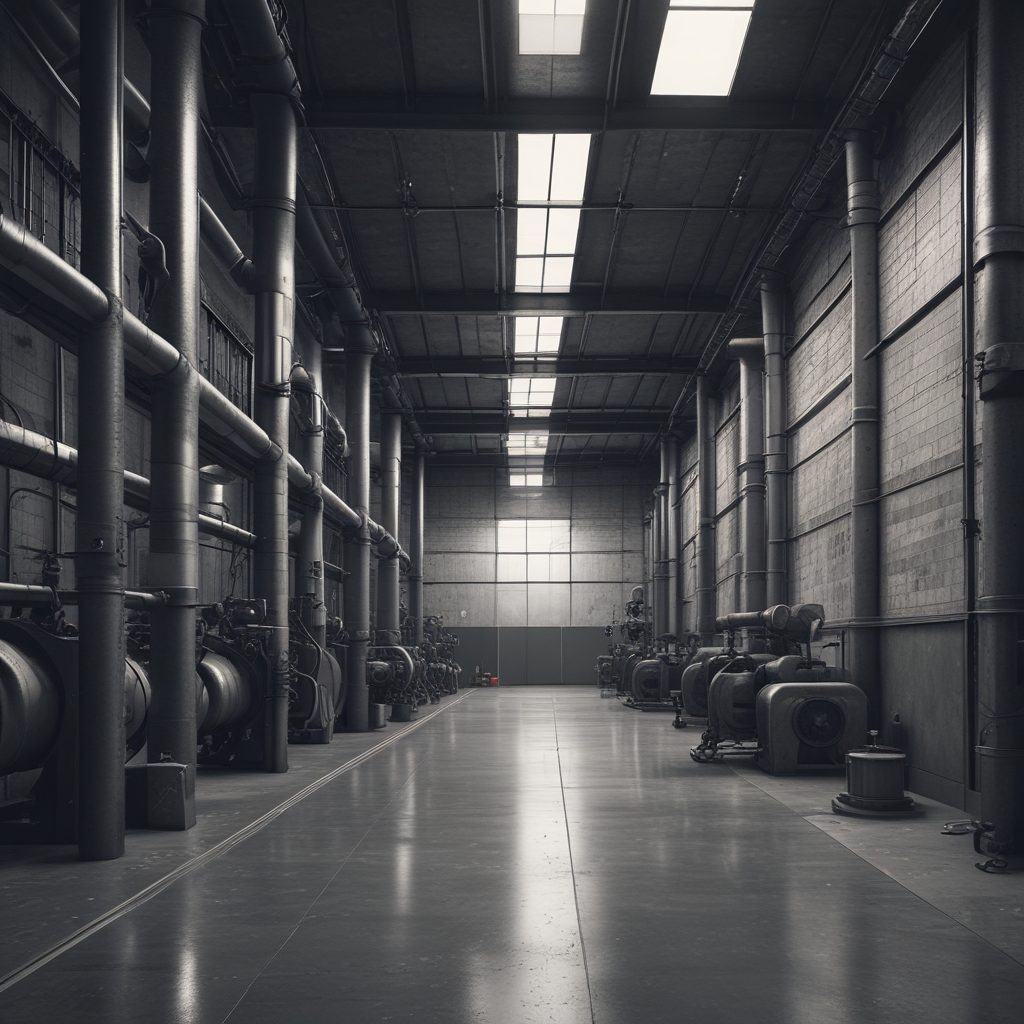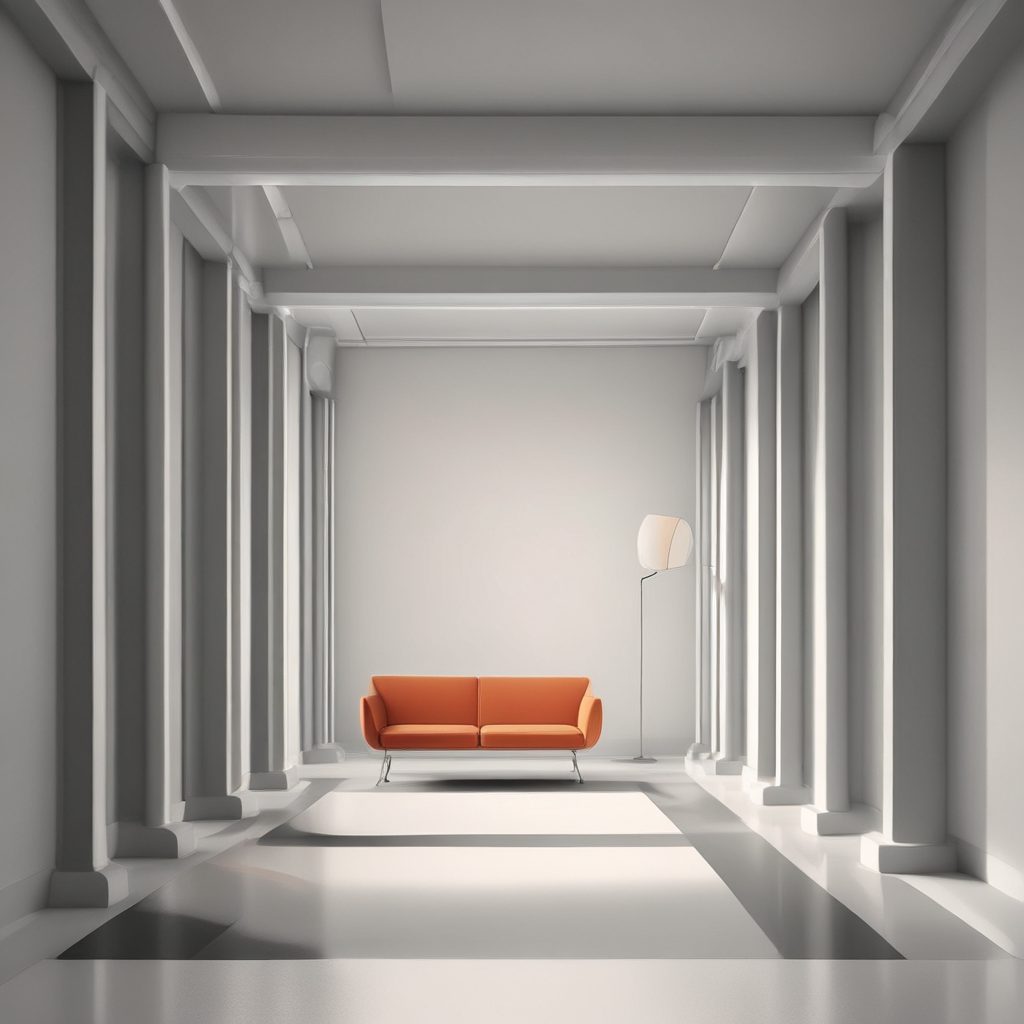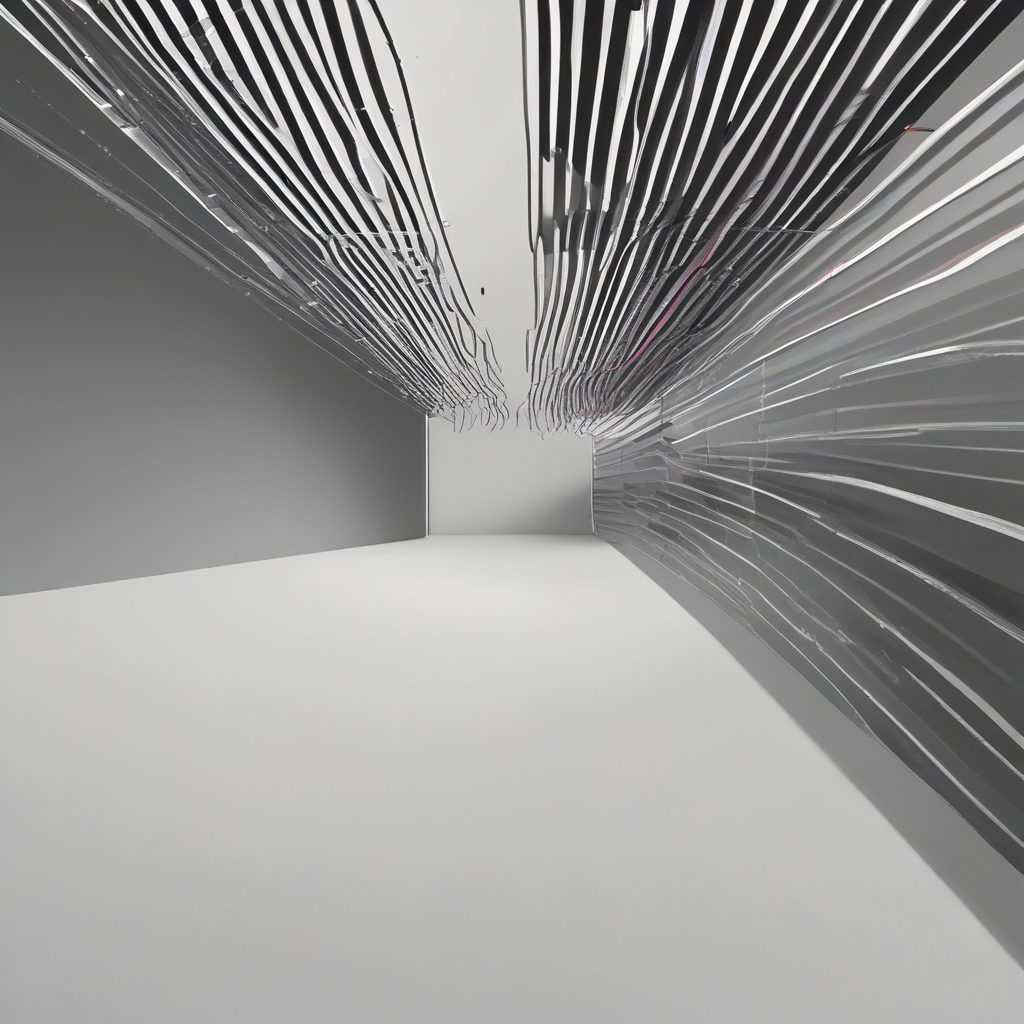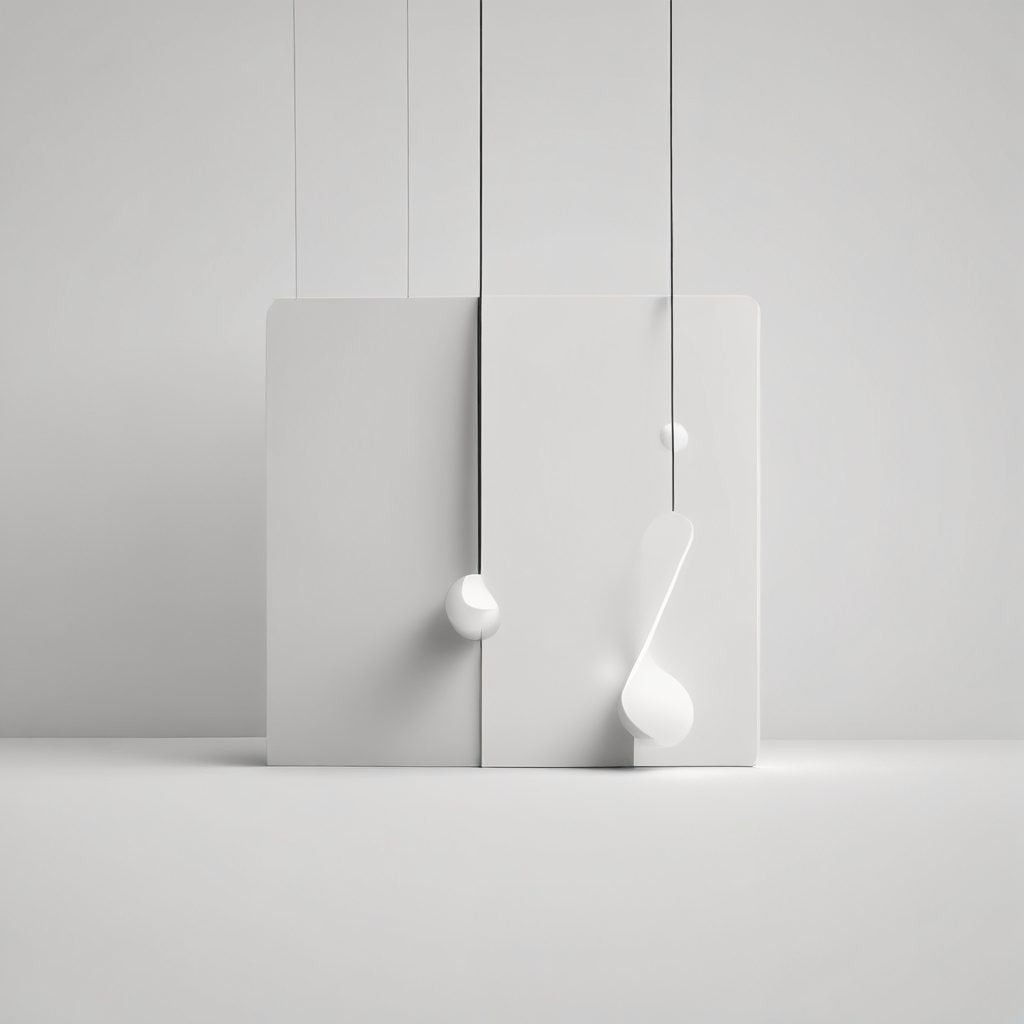
Industrial Chic: Bringing Warehouse Style to Your Kitchen
Introduction to Industrial Chic
Industrial chic is a design trend that has gained significant popularity in recent years, characterized by its raw, unfinished aesthetic that draws inspiration from old factories and industrial spaces. This style is marked by the use of materials such as exposed brick, metal, and wood, creating a look that is both rugged and sophisticated. The appeal of industrial chic lies in its ability to blend the old with the new, offering a unique and timeless aesthetic that can transform any space.
In the context of kitchen design, industrial chic offers a refreshing departure from traditional styles. It embraces imperfections and celebrates the beauty of utilitarian design. According to a 2022 survey by Houzz, 35% of homeowners who renovated their kitchens opted for an industrial style, highlighting its growing popularity. This trend is not just about aesthetics; it also emphasizes functionality and durability, making it a practical choice for modern kitchens.
Key Elements of Industrial Chic Kitchens
One of the defining features of industrial chic kitchens is the use of raw materials. Exposed brick walls, concrete countertops, and reclaimed wood are common elements that contribute to the industrial look. These materials not only add texture and character to the space but also offer durability and ease of maintenance. Metal is another crucial component, often seen in the form of stainless steel appliances, iron fixtures, and metal shelving.
Lighting plays a significant role in achieving the industrial chic aesthetic. Pendant lights with metal shades, Edison bulbs, and track lighting are popular choices that enhance the industrial vibe. These lighting options not only provide ample illumination but also serve as statement pieces that draw attention. The combination of these elements creates a cohesive look that is both functional and visually appealing.
Color Palette and Textures
The color palette of an industrial chic kitchen typically revolves around neutral tones such as grays, blacks, and whites. These colors provide a clean and modern backdrop that allows the raw materials to stand out. However, adding pops of color through accessories or artwork can create visual interest and prevent the space from feeling too stark. Earthy tones and muted shades are also popular choices that complement the industrial aesthetic.
Texture is another important aspect of industrial chic design. The juxtaposition of smooth metal surfaces with rough brick walls or the warmth of wood against the coolness of concrete creates a dynamic and inviting space. Incorporating a variety of textures not only adds depth to the design but also enhances the tactile experience, making the kitchen a more engaging environment.
Incorporating Vintage and Modern Elements
One of the unique aspects of industrial chic is its ability to seamlessly blend vintage and modern elements. This style often incorporates vintage furniture or accessories, such as an antique dining table or retro bar stools, to add character and history to the space. These pieces can be sourced from flea markets, antique shops, or even repurposed from old industrial equipment.
At the same time, modern elements such as sleek cabinetry, state-of-the-art appliances, and minimalist decor can be integrated to create a balanced look. The key is to maintain a cohesive design by ensuring that all elements, whether vintage or modern, complement each other. This blend of old and new not only enhances the aesthetic appeal but also adds a layer of personalization to the kitchen.
Practical Considerations and Challenges
While the industrial chic style offers numerous aesthetic benefits, there are practical considerations to keep in mind. The use of raw materials such as concrete and metal can make the space feel cold and uninviting if not balanced with warmer elements. Additionally, maintaining exposed brick or concrete surfaces may require more effort compared to traditional finishes.
Another challenge is ensuring that the industrial elements do not overwhelm the space, especially in smaller kitchens. It’s important to strike a balance between functionality and style, ensuring that the kitchen remains a practical space for cooking and entertaining. Consulting with a professional designer can help navigate these challenges and create a kitchen that is both beautiful and functional.
Conclusion: Embracing Industrial Chic in Your Kitchen
Industrial chic is more than just a design trend; it’s a lifestyle choice that embraces simplicity, functionality, and authenticity. By incorporating raw materials, a neutral color palette, and a mix of vintage and modern elements, you can create a kitchen that is both stylish and practical. The industrial chic style offers endless possibilities for customization, allowing you to create a space that reflects your personal taste and lifestyle.
As more homeowners seek to create unique and personalized spaces, the popularity of industrial chic is likely to continue growing. Whether you’re renovating an existing kitchen or designing a new one, embracing the industrial chic style can transform your kitchen into a space that is both timeless and contemporary. As interior designer Nate Berkus once said, “Your home should tell the story of who you are, and be a collection of what you love.” Industrial chic offers the perfect canvas to tell that story.




 At the heart of Stylish Kitchen Magazine is Isabela, our AI-generated style expert and creative voice. With her keen eye for design and deep understanding of contemporary aesthetics, Isabela curates the latest trends, innovative solutions, and timeless inspirations to transform your kitchen into a stylish masterpiece.
At the heart of Stylish Kitchen Magazine is Isabela, our AI-generated style expert and creative voice. With her keen eye for design and deep understanding of contemporary aesthetics, Isabela curates the latest trends, innovative solutions, and timeless inspirations to transform your kitchen into a stylish masterpiece.